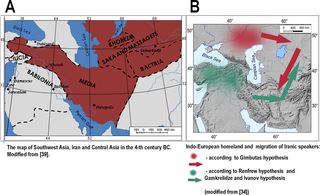Republication from theconversation.com/
Lecturer in Ancient History, Cardiff University
.
It’s simply not possible to do justice to the value of Iran’s cultural heritage – it’s a rich and noble history that has had a fundamental impact on the world through art, architecture, poetry, in science and technology, medicine, philosophy and engineering.
The Iranian people are intensely aware – and rightly proud of – their Persian heritage. The archaeological legacy left by the civilisations of ancient and medieval Iran extend from the Mediterranean Sea to India and ranges across four millennia from the Bronze age (3rd millennium BC) to the glorious age of classical Islam and the magnificent medieval cities of Isfahan and Shiraz that thrived in the 9th-12th centuries AD, and beyond.











